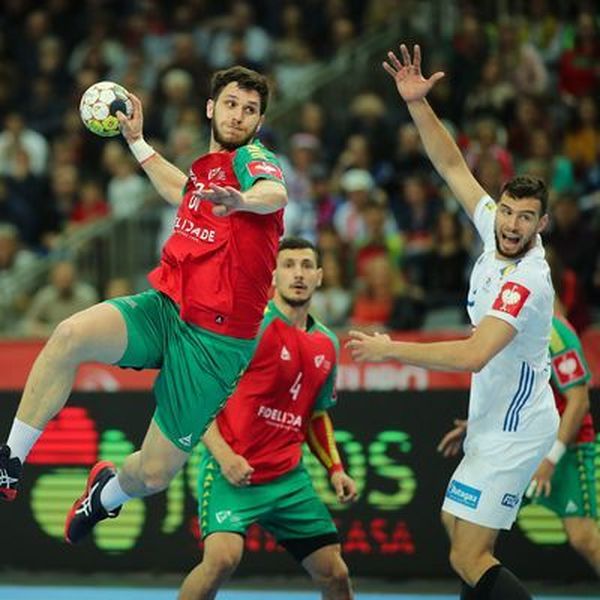Team handball is a team-game that originated in Scandinavia and Germany in the early 19th century. It started as a field game with 11 players on a team. In the late 1920s, the game was modified to seven players and into an indoor sport due to severe winters. The sport is sometimes referred to as field handball, Borden Ball, European handball, or Olympic handball. The game combines skills from soccer, speedball, water polo, basketball, and hockey. It also incorporates skills of running, jumping, catching, and throwing, and goaltending which makes it an excellent cardiovascular exercise. Team handball was included in the Olympic Games for men in 1972 and as well as in 1976 for women, which caused its popularity to increase.
The object of the game is to attempt to pass a ball to each other and to throw it into the opposition’s goal. A standard match consists of two periods of 30 minutes, and the team that scores more goals wins. In between the two periods, there is a 10-minute intermission and breaks only when someone is injured. In the game, there are six outcourt players and a goalkeeper. There are left and right-wings, a circle runner, a left, right and a center backcourt. The play begins with a center throw-off, in which the thrower must touch the middle line with one foot and the rest of the players must be on their half of the court. A throw off occurs after a goal is scored and to start each period. Each goal that is scored is worth one point but must cross the goal line for it to count. A center throw-off is awarded to the opposing team after a goal is scored and the sidelines are in play.
A player may hold the ball up to 3 seconds, as well as run 3 steps with the ball. Each play can pass or shoot the ball and dribble as desired. Before and after each dribble, participants can run 3 steps but may not air or double dribble. Although players may use their hands, they may not make contact with the ball below the knees or kick the ball. Using arms or legs to physically harm another player is not permitted. Additionally, stepping on or across the goal area line is against the rules. Goalies may defend the goal using their body, take more than 3 steps when carrying the ball in the goal, hold the ball longer than 3 seconds, and move outside the goal area and throw for a goal, but must abide by the rules for court players. Goalies may not leave the goal area while in possession of the ball, and pick up a ball outside the goal area and carry it back into the goal area. Simple 1-on-1 and zone defenses and beginners will be most successful using a 1-on-1 defense. Bounce passes are most effective when moving the ball between players. Used quite easily in handball, basketball and soccer offensive and defensive strategies are often used in handball.
I like and dislike many things about team handball. I like that it is an exciting sport to watch and exhilarating to play. It is a fast-pasted game that requires much effort and teamwork. I enjoy interacting with my team and conspiring plans on how to pass the ball and make a goal (fairly, of course). I like that there is a ten-minute intermission in between because I can cool down before resume playing. I dislike that the game requires its players to run the entire game and have to rush to pass the ball to another player on their team because it tires me out quickly. These are some things that I like and dislike about team handball.
Team handball is the second largest sport in Europe, soccer being the first. It is a fast and very fun sport, but few Americans have heard of it. It is often referred to as a mixture of many other sports, as it incorporates skills from many. Many people around the world enjoy playing team handball and enjoy working in their teams.

